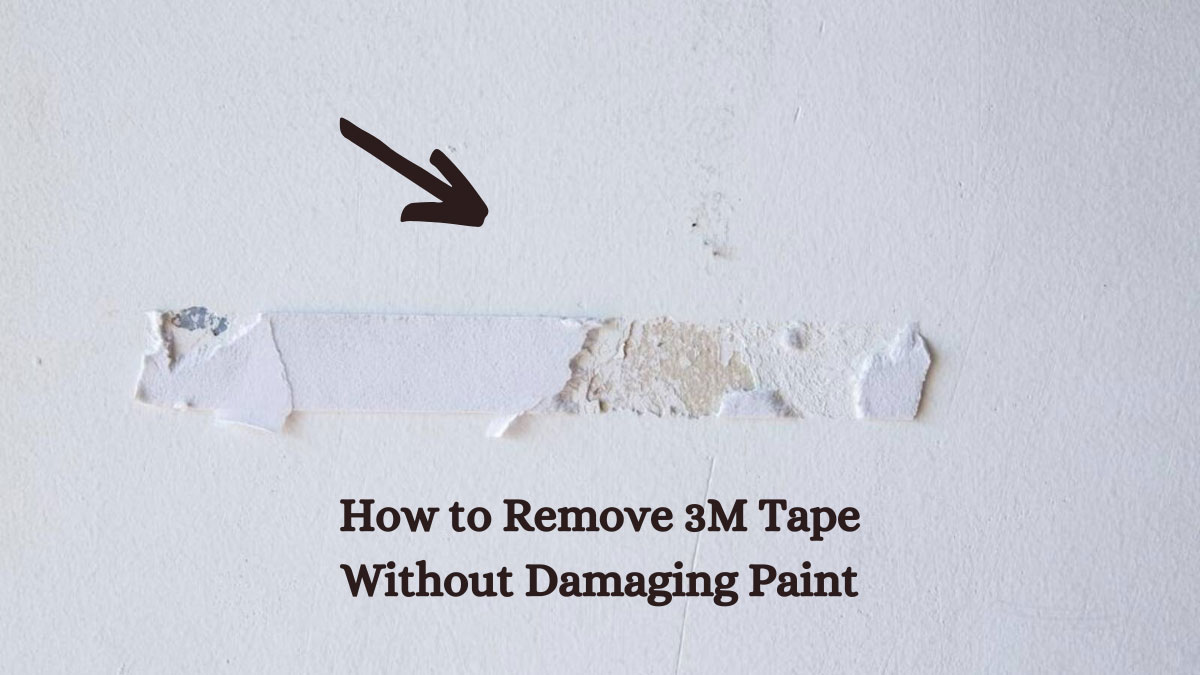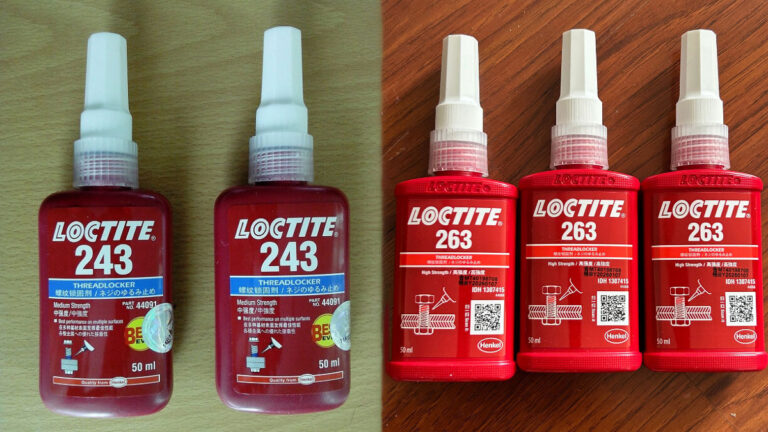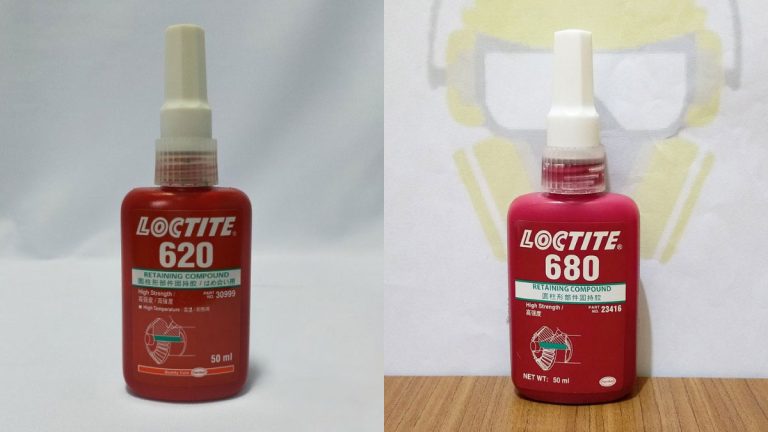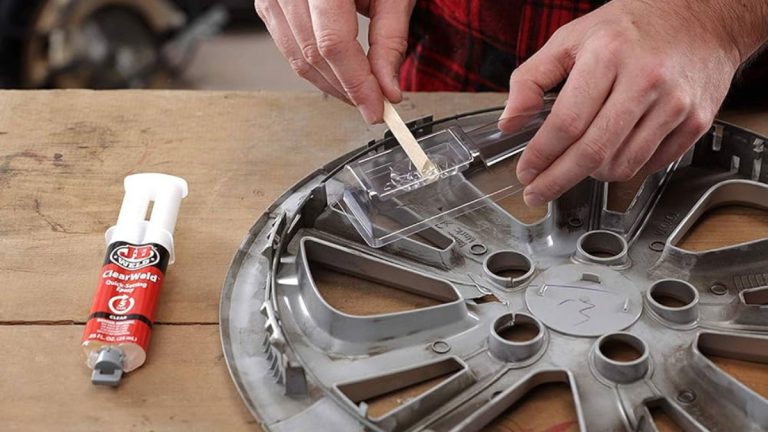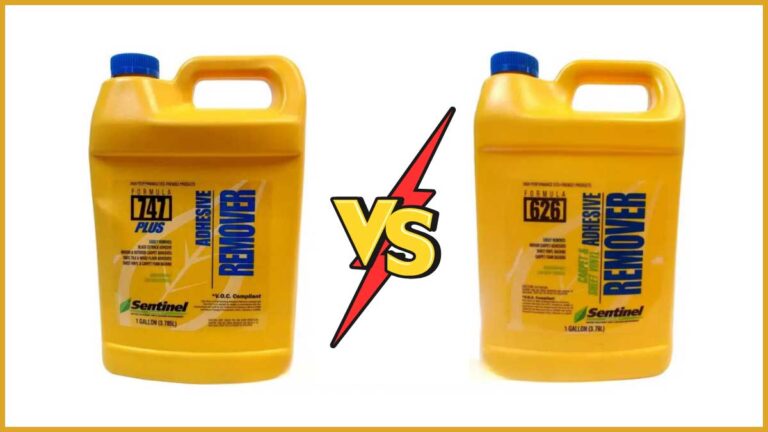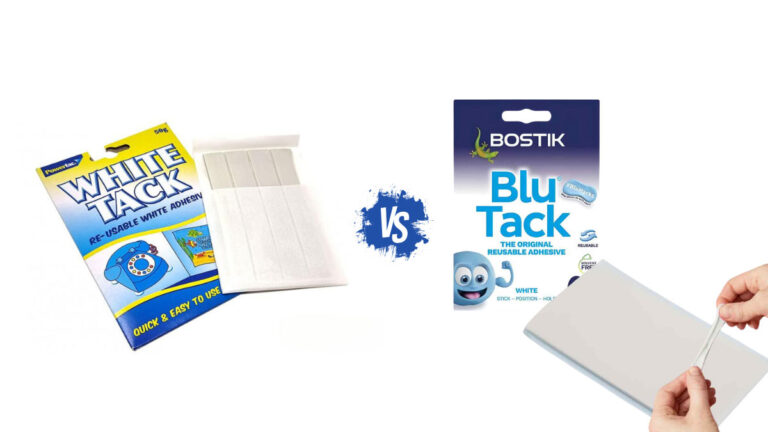How to Remove 3M Tape Without Damaging Paint: Expert Tips
You’ve probably faced the frustration of removing 3M tape only to find it leaves behind adhesive residue or, worse, damages your paint. Whether it’s on your car, walls, or any painted surface, getting that tape off without causing harm can seem like a challenging job. But don’t worry, with the right techniques, you can safely remove 3M tape and keep your paint looking pristine.
Key Takeaways
- Understanding Adhesive and Paint: Knowing the types of 3M tape and paint surfaces is critical for selecting the appropriate removal method and avoiding paint damage.
- Proper Tools and Preparation: Cleaning the surface and gathering the right tools like a hair dryer, plastic razor blade, and mild adhesive removers ensure an efficient and safe tape removal process.
- Heating the Adhesive: Applying heat with a hair dryer or heat gun softens the adhesive, making it easier to peel the tape without harming the paint.
- Gentle Peeling Technique: Start peeling from one corner using a putty knife or old credit card, and pull slowly at a shallow angle to minimize stress on the paint.
- Effective Residue Cleaning: Use mild cleaners like rubbing alcohol or WD-40 to remove adhesive residue, avoiding harsh chemicals that can damage paint.
- Post-Removal Care: Thoroughly clean the area and inspect for any paint damage to ensure the painted surfaces remain in excellent condition.
Understanding 3M Tape and Paint Surfaces
When dealing with 3M tape on painted surfaces, it’s crucial to understand the nature of both the adhesive and the paint. This knowledge helps you select the best removal method, keeping paint damage to a minimum.
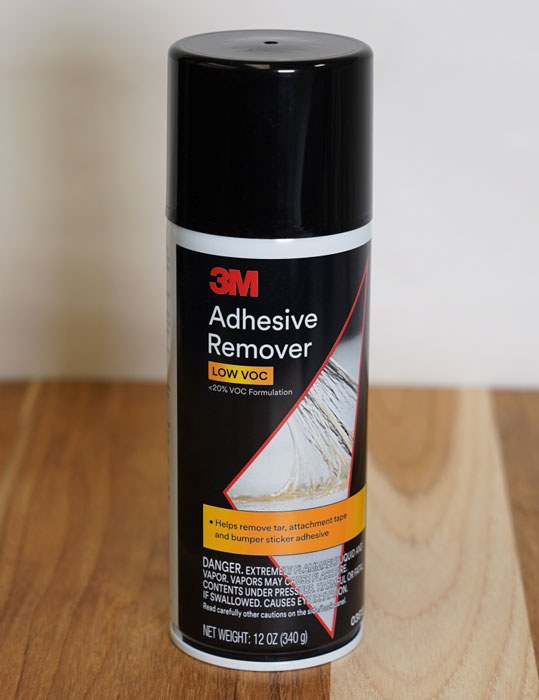
Key Terms
3M Tape
An industrial-grade adhesive tape known for its strong bonding capabilities. Often used for mounting, securing, and DIY projects.
Paint Surface
A layer of paint covering a substrate, such as metal, wood, or drywall. This layer can chip or peel if subjected to harsh conditions.
Types of 3M Tape
- Double-Sided: Used mainly for mounting objects.
- Masking: Common in painting to cover edges.
- VHB (Very High Bond): Offers extra-strong adhesion, often in industrial applications.
Types of Paint Surfaces
- Automotive Paint: Found on cars; highly sensitive to scratches and chemicals.
- Interior Wall Paint: Typically has a latex base; more resistant to minor abrasions but still prone to peeling.
- Exterior Paint: Designed to withstand the elements; can be more resistant to adhesive but still requires caution.
Best Practices for Removal
- Heating the Adhesive
Warm the tape using a hair dryer for 15-20 seconds. The heat softens the adhesive, making it easier to peel away. - Peeling Technique
Use a putty knife or soft rubber wheel, starting from one corner. Gently lift the tape to avoid damaging the paint. - Cleaning Residue
After removal, clean any leftover adhesive with a mild cleanser. Avoid harsh chemicals which can strip the paint.
Paint Compatibility Table
| Paint Type | 3M Tape Compatibility | Special Considerations |
|---|---|---|
| Automotive Paint | Double-Sided, VHB | Use heat cautiously to prevent damage |
| Interior Wall Paint | Masking, Double-Sided | Avoid soaking; peel slowly to prevent tears |
| Exterior Paint | VHB, Masking | Test a small area first for compatibility |
Summary
Understanding the relationship between 3M tape and paint surfaces allows you to remove the tape effectively without damaging your paint. By heating the adhesive and peeling carefully, you maintain the integrity of both surfaces.
Preparations Before Removal
Before removing 3M double-sided tape, prepare the area and gather appropriate tools to prevent paint damage. Proper preparation ensures a smooth and effective removal process.
Clean the Surface
First, ensure the area around the tape is clean. Dirt, oils, and other substances can interfere with removal and push residue into the paint. Use a mild soap solution and a soft cloth. Clean the area by gently wiping away any contaminants. Rinse with water and dry the surface completely.
Gather Necessary Tools
You’ll need specific tools to safely remove the tape:
- Heat Source: Use a heat gun or hair dryer. Heating the tape will loosen the adhesive, making removal easier. Start with a medium heat setting and gradually increase if necessary.
- Plastic Razor Blade or Old Credit Card: Use these tools for scraping off the tape. Avoid metal razor blades as they can scratch the paint. Be gentle to prevent surface damage.
- Adhesive Remover: Choose a product like WD-40, Goo Gone, or 3M Adhesive Remover. These products help dissolve adhesive residue. Be cautious with strong removers like Goo Gone and 3M Adhesive Remover, as improper use may damage paint.
| Tool | Purpose | Notes |
|---|---|---|
| Heat Gun/Hair Dryer | Loosening Adhesive | Start with medium heat, gradually increase |
| Plastic Razor Blade | Scraping Tape | Avoid metal blades to prevent scratches |
| Old Credit Card | Scraping Tape | Gentle on surfaces |
| WD-40 | Dissolving Adhesive Residue | Mild adhesive remover |
| Goo Gone/3M Adhesive Remover | Removing Stubborn Residue | Use carefully to avoid paint damage |
Being prepared with the right tools and a clean surface ensures you can remove 3M double-sided tape without damaging the paint.
Step-by-Step Removal Process
To efficiently remove 3M tape without damaging the paint, follow this structured process:
Apply Heat
Applying heat softens the adhesive, making it easier to remove without harming the paint.
- Hair Dryer: Use a hair dryer to apply hot air directly on the tape. Maintain a distance of about 6 inches. Heat for 15-20 seconds.
- Heat Gun (optional): For tougher adhesives, a heat gun at its lowest setting can provide more intense heat. Hold it 6-10 inches away and apply for 10-15 seconds.
Peel Off the Tape
Peeling the tape correctly is crucial to avoid any paint damage.
- Start at the Edge: Begin peeling from one corner. Use a putty knife or an old credit card if necessary.
- Slow and Steady: Pull slowly and steadily. Quick or forceful removal might pull the paint off with the adhesive.
- Angle: Keep the angle between the tape and surface shallow to reduce stress on the paint.
Use Adhesive Remover
Residual adhesive can often stick to the surface after tape removal.
- Rubbing Alcohol: Apply rubbing alcohol to a cloth and gently rub the residue. It’s gentle and effective.
- WD-40: Use a cloth saturated with WD-40. Press the cloth onto the adhesive and let it sit for a few seconds before wiping.
- Avoid Harsh Chemicals: Products like Goo Gone can damage paint; opt for milder solutions.
Adhesive and Paint Compatibility Table
| Adhesive Type | Heat Source | Removal Tool | Remover | Usability on Paint |
|---|---|---|---|---|
| Double-sided | Hair Dryer/Heat Gun | Putty Knife | Rubbing Alcohol | High |
| Masking | Hair Dryer | Old Credit Card | WD-40 | Moderate |
| VHB | Heat Gun | Putty Knife | Rubbing Alcohol | High |
- Prepare tools: hair dryer/heat gun, putty knife/credit card, and adhesive remover.
- Apply heat evenly to soften the adhesive.
- Peel the tape using a steady, shallow-angle approach.
- Clean any residue with mild adhesive removers.
Following these steps ensures you can remove 3M tape efficiently without damaging your paint.
Post-Removal Care
After successfully removing 3M tape, it’s essential to engage in post-removal care to maintain the integrity of your painted surfaces. Proper cleaning and inspection are crucial steps.
Clean the Residue
Residue left by 3M tape can attract dust and dirt, potentially damaging the paint over time. Follow these steps to clean the remaining adhesive effectively:
- Apply a Mild Cleaner: Use a mild soap and water solution or a specific adhesive remover like 3M Adhesive Remover or Goo Gone. Always test on a small, hidden area first.
- Use a Soft Cloth: Dampen a soft cloth with the cleaning solution and gently rub the residue. Avoid abrasive materials to prevent scratching the paint.
- Rinse and Dry: After removing the residue, rinse the area with clean water and dry it with a microfiber cloth to avoid streaks or water spots.
Inspect for Damage
Inspecting the paint after tape removal ensures any damage is identified and addressed swiftly. Consider these steps:
- Check for Paint Lifts or Scratches: Examine the surface for any areas where the paint might have lifted or been scratched. This is crucial for automotive surfaces.
- Assess Color Uniformity: Ensure the paint color is uniform and no discoloration has occurred from the adhesive or removal process.
- Take Note of Any Residue: Residual adhesive can sometimes blend with the paint, so it’s important to ensure thorough cleaning has been achieved.
Summary
Proper post-removal care ensures that your surfaces remain in excellent condition. By cleaning the adhesive residue thoroughly and inspecting for any damage, you’ll maintain the integrity and appearance of your painted surfaces.
Tips and Precautions
Removing 3M tape without damaging paint requires attention to detail and care. Follow these tips and precautions to ensure a successful process.
Avoiding Common Mistakes
Overheating the Adhesive
Excess heat can damage paint. When using a hair dryer or heat gun, apply heat for only 15-20 seconds.
Using Harsh Chemicals
Strong chemicals can strip paint. Stick to mild adhesive removers like WD-40.
Rushing the Process
Rushed removal increases the risk of paint damage. Take your time peeling the tape gently.
Lack of Testing
Always test on an inconspicuous area. This prevents unexpected damage to visible paint.
Improper Tools
Using metal tools can scratch paint. Opt for plastic razor blades or old credit cards.
Safety Measures
Ventilation
Use adhesive removers in well-ventilated areas to avoid inhaling fumes.
Protective Gear
Wear gloves to protect your skin from adhesive chemicals.
Adequate Lighting
Ensure the area is well-lit. This helps you see the tape and adhesive more clearly.
Safe Storage
Store tools and chemicals safely after use. Keep them out of reach of children and pets.
Using these tips and precautions, you can effectively remove 3M tape without damaging your paint.
Conclusion
Removing 3M tape without damaging your paint doesn’t have to be a challenging job. By understanding the nature of the adhesive and paint surfaces, and using the right techniques and tools, you can achieve a clean removal. Always prepare your surface, apply heat to soften the adhesive, and use gentle scraping tools. Opt for mild adhesive removers and follow up with thorough cleaning and inspection to ensure your paint remains intact. Remember to take your time and follow the recommended steps for the best results. With these tips, you can confidently tackle any 3M tape removal project.
Frequently Asked Questions
What will remove 3M adhesive?
Common household items like peanut butter, baby oil, and petroleum jelly can remove 3M adhesive. Each of these substances works by softening the adhesive, making it easier to wipe away.
Will a 3M adhesive remover hurt paint?
3M™ General Purpose Adhesive Cleaner is safe for most thoroughly cured automotive paints, vinyl, or fabrics when used as directed. Always test on a small inconspicuous area first to ensure no damage occurs.
How to remove 3M adhesive from a painted wall?
Use a hair dryer to soften the adhesive, then gently peel off the 3M tape. Clean any remaining residue with a mild cleanser to avoid damaging the paint.
How do you remove 3M adhesive from a car without damaging paint?
Carefully use a hair dryer to heat the adhesive, then peel off the tape with a plastic razor blade or old credit card. Clean the surface with a light polish or paint cleaner, then apply a wax or sealant.
Does 3M tape pull off paint?
Proper removal techniques help avoid paint damage. Use heat to soften the adhesive and gently peel the tape off. Always follow up with cleaning the surface to remove any adhesive residue without leaving marks.

